Marine Science
Gene sequences reveal secrets of symbiosis
Genome sequences of dinoflagellate algae indicate how they maintain their symbiotic relationship with corals.

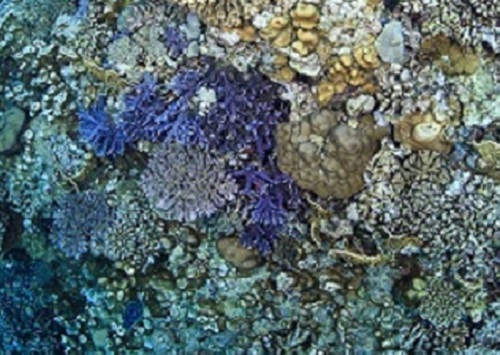
The symbiosis between photosynthetic dinoflagellate algae and stony corals underpins the three-dimensional structure of coral reefs that provides a habitat for thousands of different species.
© 2017 Tane Sinclair-Taylor
Advances in genomic research are helping scientists to reveal how corals and algae cooperate to combat environmental stresses. KAUST researchers have sequenced and compared the genomes of three strains of Symbiodinium, a member of the dinoflagellate algae family, to show their genomes have several features that promote a prosperous symbiotic relationship with corals.
Dinoflagellates are among the most prolific organisms on the planet, forming the basis of the oceanic food chain, and their close symbiotic relationships with corals help maintain healthy reefs. However, because dinoflagellates have unusually large genomes, very few species have been sequenced, leaving the exact nature of their symbiosis with corals elusive.
“We had access to two Symbiodinium genomes, S.minutum and S.kawagutii, and we decided to sequence a third, S. microadriaticum,” said Manuel Aranda at the University’s Red Sea Research Center, who led the project with his Center colleague Christian Voolstra and colleagues from the University’s Computational Bioscience Research Center and Environmental Epigenetics Program. “This allowed us to compare the three genomes for common and disparate features and functions and hopefully to show how the species evolved to become symbionts to specific corals.”
The unusual makeup of the three Symbiodinium genomes meant that the team had to adjust their software to read the genomes correctly. Ultimately, their research revealed that Symbiodinium has evolved a rich array of bicarbonate and ammonium transporters. These proteins are used to harvest two important nutrients involved in coral-dinoflagellate symbiosis: carbon, which is needed for photosynthesis, and nitrogen, which is essential for growth and proliferation.
Symbiodinium either evolved these transporters in response to symbiosis or the presence of these transporters allowed Symbiodinium to become a symbiont in the first place, noted Aranda.
References
- Aranda, M., Li, Y., Liew, Y.J., Baumgarten, S., Simakov, O., …& Voolstra. C.R. Genomes of coral dinoflagellate symbionts highlight evolutionary adaptations conducive to a symbiotic lifestyle. Scientific Reports 6, 39734 (2016).| article
You might also like
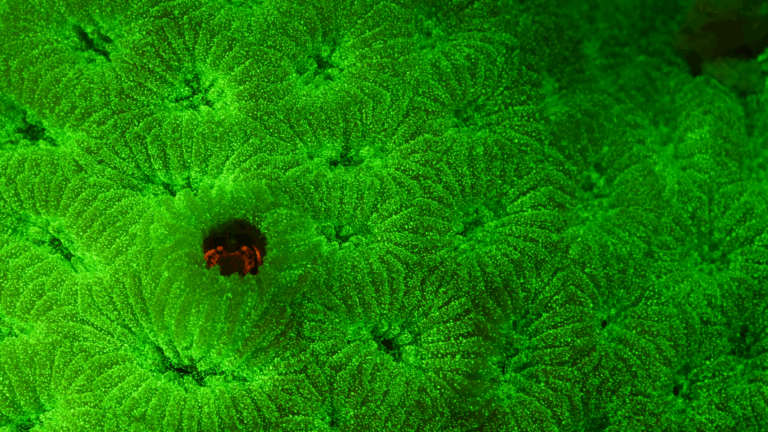
Marine Science
Tiny crabs glow to stay hidden
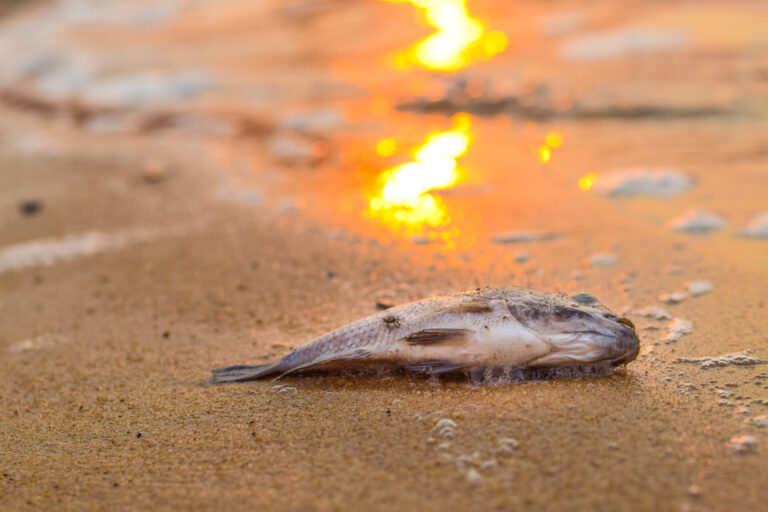
Marine Science
Mass fish deaths linked to extreme marine heatwave in Red Sea
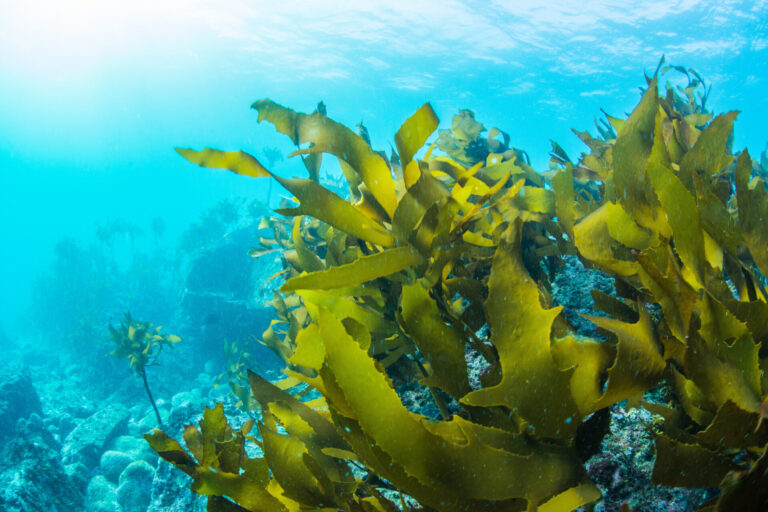
Marine Science
Weeding out the secrets of Red Sea macroalgae
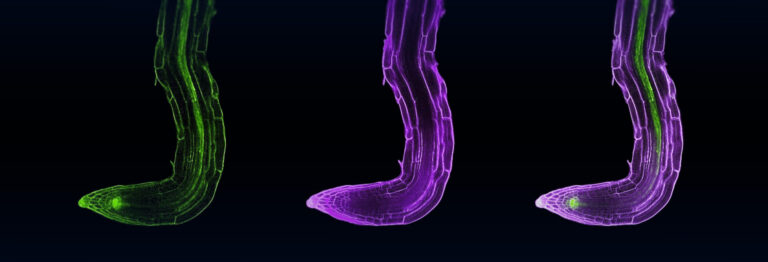
Bioscience
Digging into the world of plant-growth-promoting microbes
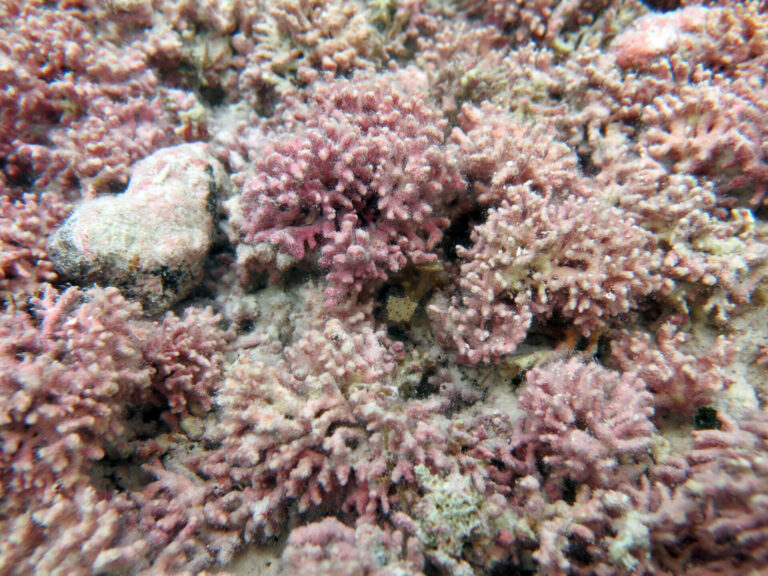
Marine Science
Rhodoliths found in a surprise location

Bioscience
Unique microbiome discovered in mountain streams
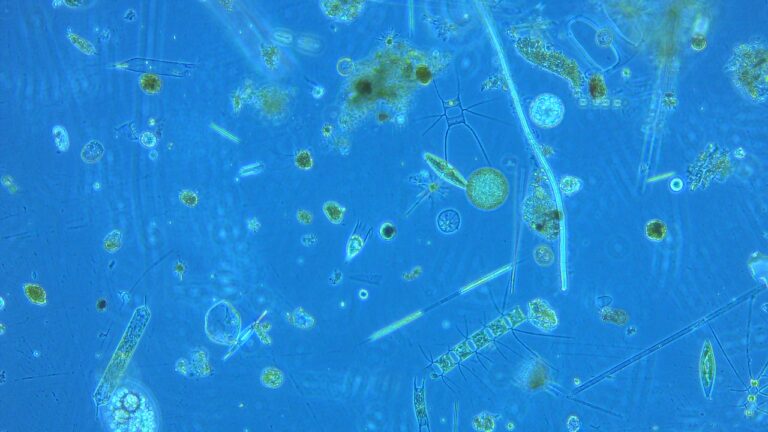
Marine Science
Examining phytoplankton’s past to reduce future algal blooms
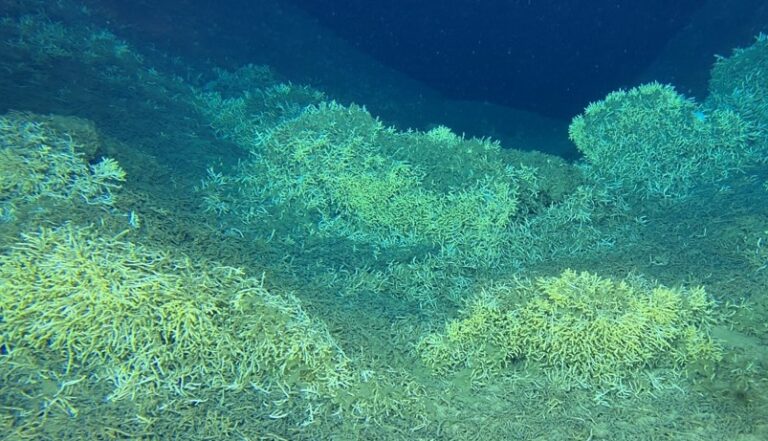
Marine Science



